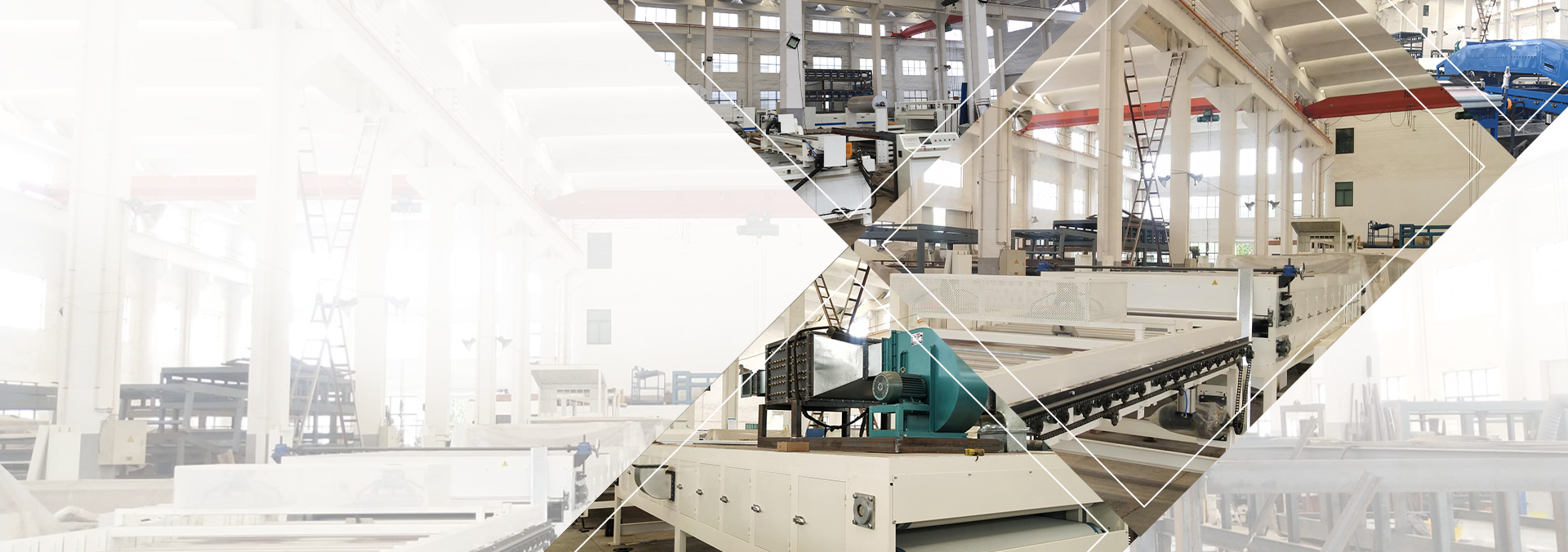
Resources
Contact Us
Welcome to our blog, where we will explore problem-solving techniques while using a honeycomb cutter. As an essential tool for many industries, a honeycomb cutter ensures precise and efficient cutting of honeycomb structures. To help you make the most of this versatile device, we will delve into three key problem-solving techniques that will optimize your honeycomb cutting experience.
Before diving into effective problem-solving techniques, it's vital to select the right honeycomb cutter. Factors such as material thickness, cell size, and cutting precision requirements should be considered. By analyzing these aspects, you can ensure a perfect match between the cutter's specifications and your specific needs, avoiding potential problems down the line.
To ensure consistent performance and prolong the lifespan of your honeycomb cutter, regular maintenance and cleaning are necessary. Buildup of debris, adhesive, or residual honeycomb material can hinder the cutter's effectiveness and lead to subpar results. Develop a routine cleaning schedule, adhering to the manufacturer's guidelines, and make necessary adjustments to maintain optimal cutting quality.
Despite careful preparation and maintenance, occasional issues may arise during honeycomb cutting operations. Here are some common problems and their corresponding solutions:
Uneven Cutting: If your cutter is leaving uneven or jagged edges on the honeycomb material, it could be due to improper blade alignment. Ensure that the cutter's blades are properly aligned and secured. If the issue persists, consider sharpening or replacing the blades to restore precise cutting performance.
Material Damage: Sometimes, excessive pressure or incorrect cutting parameters can damage the honeycomb material, resulting in fractures or breakages. Experiment with different cutting settings and pressure levels to find the optimal balance that preserves the integrity of the material while achieving clean cuts.
Blade Dullness: Over time, the blades of a honeycomb cutter may become dull, affecting their cutting efficiency. Regularly monitor blade sharpness and invest in sharpening tools or replacement blades when necessary. Sharp blades not only ensure precise cuts but also extend the life of your cutter.
A honeycomb cutter is an invaluable tool for various industries relying on the efficient cutting of honeycomb structures. By applying the problem-solving techniques outlined in this blog, you can maximize your cutter's performance, overcome common challenges, and achieve exceptional results. Remember, choosing the right cutter, implementing proper maintenance and cleaning practices, and troubleshooting effectively will help you become a master of honeycomb cutting. So, grab your trusty honeycomb cutter and tackle any cutting task with confidence and finesse.
Related Products
